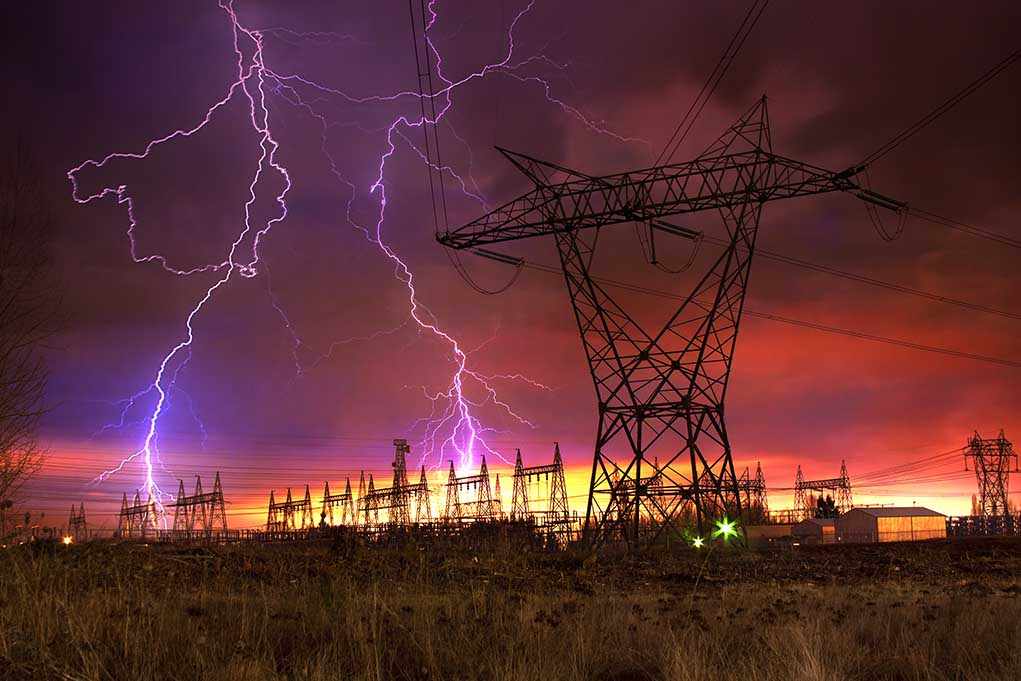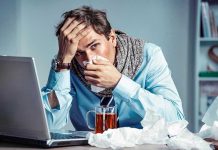
Lightning can kill you where you stand—even when the sky is blue—if you ignore the hard-won habits meteorologists swear by during summer thunderstorms.
Story Snapshot
- Nearly 500 Americans have died from lightning since 2006, mostly during summer thunderstorms.
- Meteorologists follow strict, expert-approved safety rules—never staying outside or near trees when thunder roars.
- Summer 2025 brings higher risks with hotter, wetter weather and more severe storms, including deadly floods and tornadoes.
- Ignoring thunderstorm safety puts lives and property at risk, regardless of age or location.
What Meteorologists Refuse to Do During Thunderstorms
Meteorologists—those rare professionals who stare down storms for a living—know the odds and never gamble with their lives. When thunder cracks, they don’t linger under trees, dash between buildings, or keep swimming “just one more lap.” They don’t touch corded phones or run water. These safety rituals are more than superstition; they’re built on decades of grim statistics and firsthand survival stories.
Expert Aaron Treadway from the National Weather Service insists, “There is no safe place outside from lightning during a thunderstorm.” Meteorologists internalize this, refusing to stand in open fields, under awnings, or near metal fences. The moment thunder rumbles—even from a storm 15 miles away—they head indoors or shelter in cars, because every year, ordinary folks are struck by “bolts from the blue” while assuming the danger is distant.
Summer 2025: Deadlier Storms, Sharper Warnings
Peak thunderstorm season in the United States runs June through August, aligning with the hottest and wettest stretch of the year. In 2025, the forecast is for a stormier, hotter summer, pushing the risks higher. Lightning fatalities spike in these months, and severe weather events—tornadoes, derechos, flash floods—are more frequent and more destructive, especially across the Midwest, Southeast, and Plains.
Recent years have seen a disturbing rise in damage from straight-line winds, with the central U.S. hit five times harder than four decades ago. In July 2025 alone, catastrophic flooding ravaged Texas Hill Country, breaking records for overnight warmth and flash flood warnings. If you’re wondering whether urban or rural areas are safer, think again: city dwellers face urban flooding, while wildfires and flash floods threaten rural communities alike.
The Hidden Dangers Most People Miss
Many people still make the fatal mistake of ignoring thunder, trusting their luck, or relying on old wives’ tales about storm safety. Experts warn that running water and corded electronics should be avoided indoors during storms, since lightning can travel through plumbing and wiring. Wading through floodwater is another deadly risk—not only from electrocution, but also from bacteria and toxins that surge with the rain.
Meteorologists also stress never seeking shelter under trees, awnings, or unstable structures. Lightning seeks the tallest object, and open-sided cover offers zero protection. If someone nearby is struck, call 911 immediately and administer first aid—it’s safe to touch lightning victims, and rapid response saves lives. These rules aren’t just for meteorologists; they’re based on common sense and conservative values—protecting life, respecting nature’s power, and acting with prudence instead of bravado.
The Ripple Effect: Why These Rules Matter More Than Ever
Ignoring thunderstorm safety carries consequences beyond personal injury. Infrastructure suffers—power outages, property damage, transportation chaos. Farmers lose crops to hail, flooding, or drought. Insurance claims and disaster relief costs spiral upward, straining the economy. Vulnerable populations—the elderly, disabled, low-income families—face heightened risks and slower recovery. In the long run, communities may need to invest more in resilient infrastructure, emergency management, and public health measures to cope with this new normal.
As severe weather intensifies, meteorologists and agencies like the National Weather Service, CDC, and National Lightning Safety Council amplify their warnings. Their advice is clear: get indoors at the first sound of thunder, avoid risky behaviors, and help others do the same. These practices aren’t optional—they’re proven lifesavers. In a summer of record-breaking storms, the habits you adopt now could mean the difference between danger and safety for you and your family.
Sources:
AccuWeather 2025 Summer Forecast
CBS News Chicago Severe Weather 2025
NOAA/NCEI July 2025 Climate Analysis
Center for Disaster Philanthropy 2025 Storms
NOAA Climate Outlook June 2025














